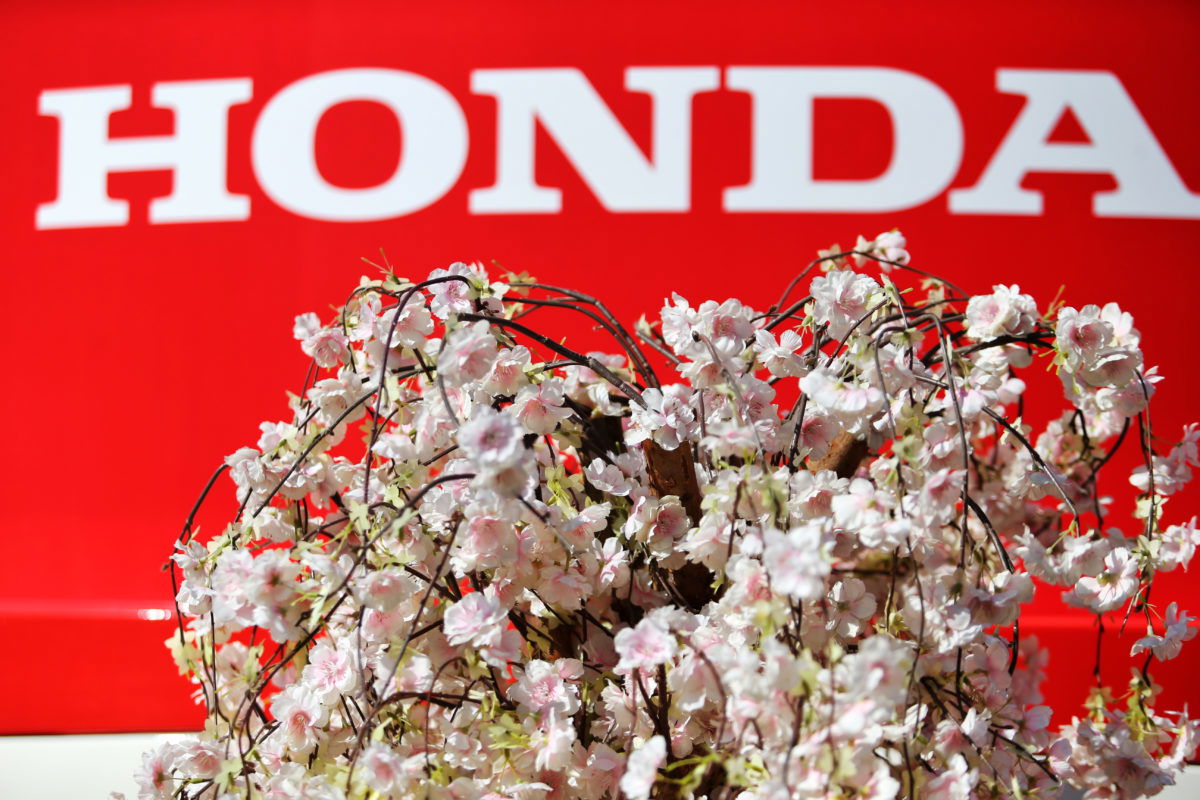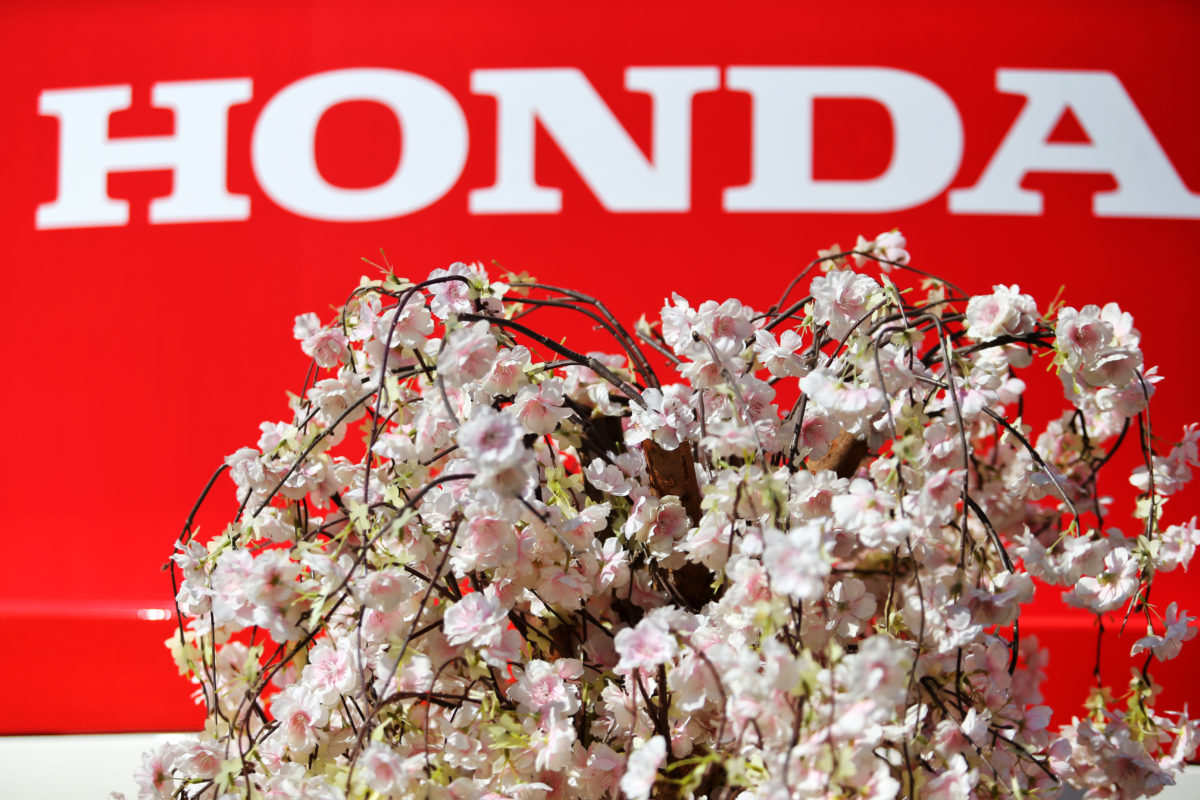

Cast your mind back eight years to 2015 and you may recall the fanfare over Honda’s return to F1 with McLaren.
After a 20-year partnership with Mercedes, then chairman Ron Dennis, along with chief executive and team principal Martin Whitmarsh, opted to try and recapture the team’s halcyon days with Honda when it won four consecutive constructors’ and drivers’ championships from 1988-1991.
At that stage, however, the Japanese manufacturing giant had been away from the sport for seven years after exiting at the end of 2008, emerging as one of the casualties of a global economic crisis that hit F1 hard.
Yes, Honda had announced in May 2013 it would be reuniting with McLaren for the start of the 2015 season, seemingly affording it enough time to play catch up with the other power unit manufacturers who would be embarking on the new era from 2014.
In truth, PU rivals Mercedes, Ferrari, and Renault had long been ahead on the development curve in preparation, whilst 2014 allowed them an entire season’s worth of ‘testing’ to eradicate issues.
By the time Honda entered in 2015, they were naturally a year behind, and it showed. That campaign proved to be a disastrous and embarrassing one for both McLaren and Honda, the latter berated by Fernando Alonso on home soil during the Japanese Grand Prix as he described the PU as a “GP2 engine”.
Fast forward those eight years, and here we are again, with Honda announcing a return to F1 with a team that has enjoyed a long-term relationship with Mercedes.
But this time it is decidedly different, and at this stage, it appears extremely unlikely Honda will be found wanting with Aston Martin, as it was with McLaren, which brought an end to the partnership after just three seasons.
Red Bull then offered Honda refuge and a place to lick its wounds, initially with Toro Rosso in 2018 before the senior team finally changed its own supply from 2019 after ending what was an acrimonious denouement to its own relationship with Renault.
By that stage, Honda was finally starting to make inroads, and by the middle of the campaign had returned to the top step of the podium with Max Verstappen on Red Bull’s home turf in Austria.
Further wins followed but in late 2020, Honda announced it would again be leaving F1, doing so at the end of the 2021 season.
Red Bull was naturally disappointed, particularly given the momentum starting to be built, and that reached a crescendo with Verstappen’s last-lap title triumph in the final race of the 2021 season in Abu Dhabi.
Honda felt, however, that to achieve its carbon neutral goals by 2050, it had to leave F1 sooner rather than later, particularly in order to “funnel corporate resources in research and development into the areas of future power unit and energy technologies, including fuel cell vehicle and battery EV technologies.”
To assuage Red Bull, and with F1’s power unit specification frozen from this year, Honda at least opted to keep a watching brief over the system, and to great effect as the team scored a constructors’ and drivers’ title double last year.
This season and the next two may appear to again be wilderness years for Honda as it builds up to the latest specification of PU that will be unveiled for 2026 but that is far from the case.
Honda is returning again as F1 is ditching the MGU-H, the part of the hybrid system that recovers energy from the turbo, whilst there will also be at least a 30 percent increase in hybrid power from the engine, rising from 20 or less at present to at least 50 from 2o26.
This very much falls into line with the goals Honda set when it opted to pull out of F1.
As Honda Racing Corporation president Koji Watanabe said, the change “moves even further toward electrification and I believe the technology for electrification will be useful for us in producing vehicles en masse in the future.”
Insisting Honda will not be behind its competitors by 2026 despite again looking in on F1 from the outside at this time and over the upcoming two additional seasons, Watanabe added: “First of all, I’d like to mention that we have been continuously supplying engines upon request to Red Bull.
“So, therefore, we are still in operation for the ongoing F1 races as well, and as for the new regulations to be introduced from 2026, we have continuously engaged in studies that are important factors in terms of the current unit.
“We have not totally withdrawn from the R&D activities. Unlike the previous time when we were fully withdrawn, we have already been engaging in development.”
Pointed out to Watanabe that such plans were not a full-on development project, and asked what has been lost in both design, personnel, and infrastructure in both the UK and Japan in this hiatus period, Watanabe gave a robust response.
“Until March of 2022, we were engaged in the development of the power unit for 2022, so we had a full headcount,” he said.
“They were then allocated to different carbon-neutral projects, so the staff started to decrease from April 2022.
“However, in April 2022, a new company called Honda Racing Corporation was established, a dedicated company for motorsport activities.
“This company has continued to engage in the studies and development of four-wheeled technologies, and we have also been studying the new regulations.
“So, therefore, we don’t think we have lost so much regardless of our withdrawal from F1.”
For the sake of Aston Martin and the bold, ambitious plans of owner Lawrence Stroll, Honda at least appears to have its eye on the ball on this occasion compared to its ill-fated start with McLaren in 2015.






















Discussion about this post